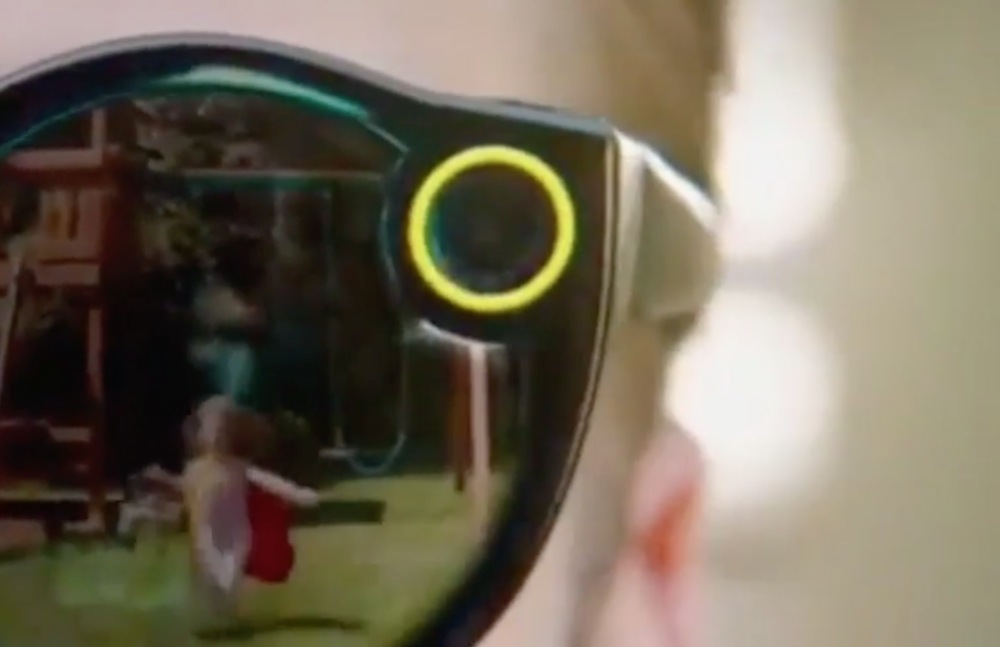“Your browsing history alone can give away your identity”
“Researchers at Stanford and Princeton universities have found a way to connect the dots between people’s private online activity and their Twitter accounts—even for people who have never tweeted.
When the team tested the technique on 400 real people who submitted their browsing history, they were able to correctly pick out the volunteers’ Twitter profiles nearly three-quarters of the time.
Here’s how the de-anonymization system works: The researchers figured that a person is more likely to click a link that was shared on social media by a friend—or a friend of a friend—than any other random link on the internet. (Their model controls for the baseline popularity of each website.) With that in mind, and the details of an anonymous person’s browser history in hand, the researchers can compute the probability that any one Twitter user created that browsing history. People’s basic tendency to follow links they come across on Twitter unmasks them—and it usually takes less than a minute.
“You can even be de-anonymized if you just browse and follow people, without actually sharing anything.”



 From
From 

